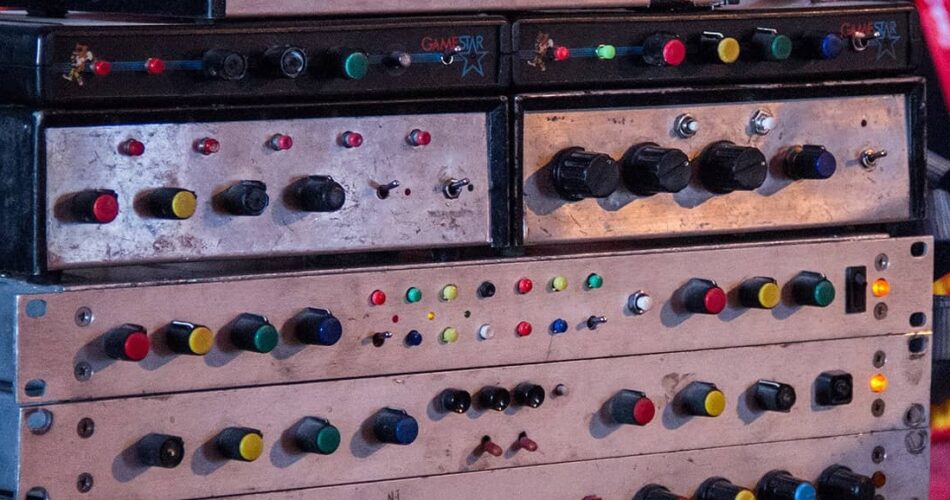Introduction
In this article I will try to present the essential effects for mixing or composing reggae and dub.
As dub is a music that is based on improvisation and creativity through effects, the latter have a predominant place.
They will not be sub-mixed and subtle, as in other styles of music, but will take centre place.
In this article I’ve concentrated on the hardwares effects but I’ll do another article later on the software effects (VST, etc..), so don’t hesitate to subscribe so you don’t miss it !
I/ Basic dub effects
We could add more but I chose to put the bare minimum
Delay (Tape echo or Digital Delay)
It’s really essential to mix tracks together or to compose.
It’s a characteristic effect of the dub and reggae codes that will immediately give this effect to your compositions.
Personally, I like to set the delay to 3/4 of the time, usually noted as 3/4 or 3T.
This will make a triplet, or 3 repeats per bar, which works well on all tracks!
The Space echo (below) is a tape delay (the same as the K7s), it is an expensive and fragile collector’s item! This machine produces a unique sound!
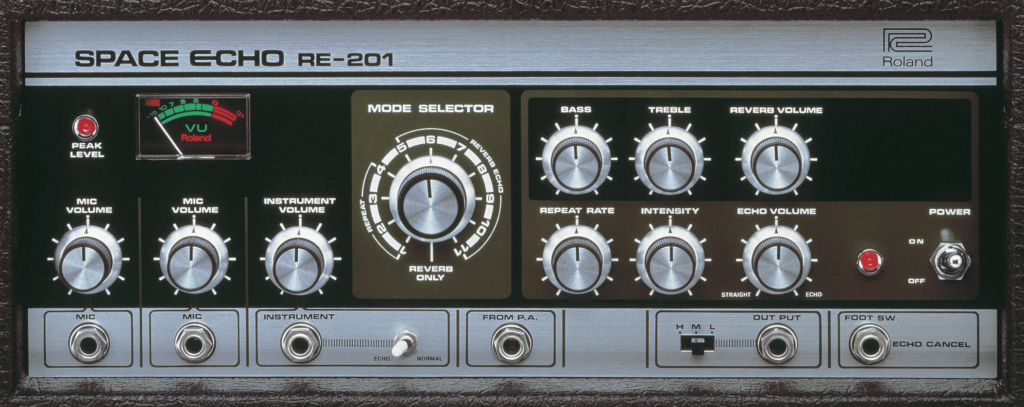
If you don’t want to bother or for something cheaper, there are more modern digital dub effects that reproduce the sound of tape echoes quite well. Like for example the little “El Capistan” from Strymon:
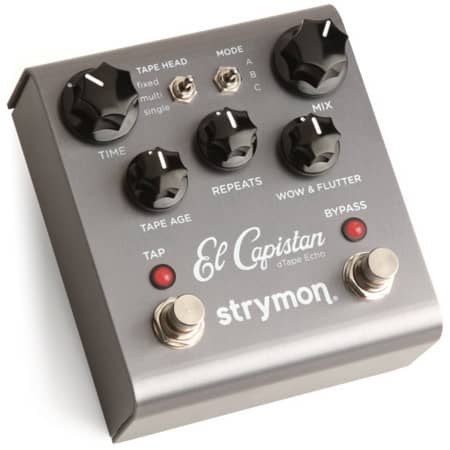
The delay can be used either as an effect loop (for music) or as a series edit, directly with a Dub Siren.
Dub Siren
Analogue models
A Dub Siren is one of the mandatory dub effects! There are several different models but many are clones or derivatives of the NJD, a part that cannot be found:
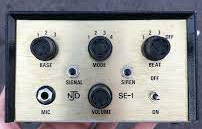
There are many different models of dub sirens or dub sirens, you can find one of the widest ranges of choice at Klementz Audio :
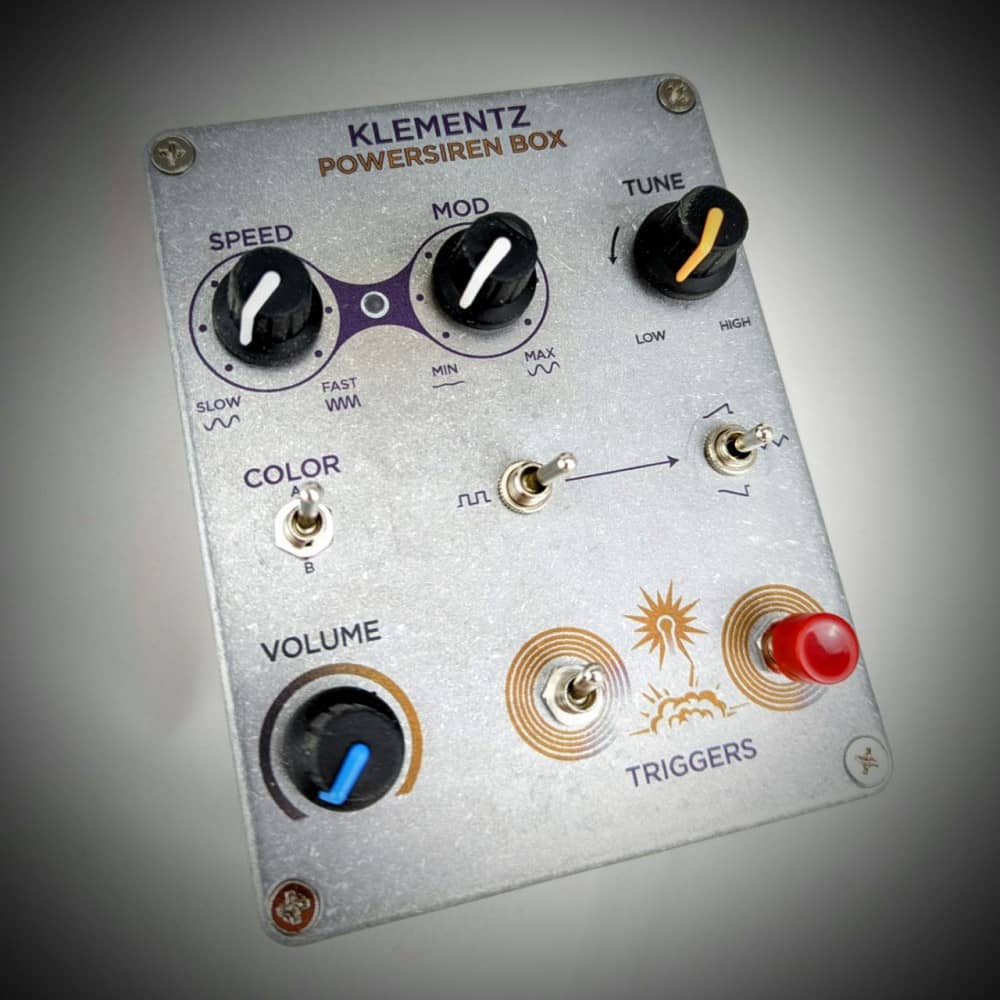
There are also other specialist effects builders such as Beni Dub or Mr Law
Some reggae preamp manufacturers also sell Dub sirens, like Dub sonic .
Digital models
Digital dub sirens don’t have the same grit, not least because digital leaves little to chance, however they offer more possibilities and combinations. The most iconic one is probably the SEG3 by Links, which is unfortunately no longer produced. Klementz designed the DIGISIREN in this spirit:

Benidub also offers a digital siren with some very interesting sounds:
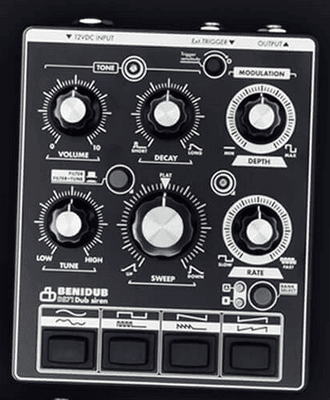
II/ The essential effects for composing
To compose, you need at least one delay, it can be a Tape echo as presented before, but also a Digital delay.
Digital Delay
The digital delay par excellence is the Boss DE-200. This is the one that most sound-systems and dub composers of the 90’s like Iration Steppas used.

It’s a great delay for dub because it introduces some interesting features for making new sounds, for example:
- A “Hold” button that keeps the sound forever without ever distorting it, you can then play with the “Time” parameter, which will change the pitch and speed of the loop
- A modulation function, an LFO, which will automatically modulate the “Time” parameter
- An x1 / x2 button that allows you to divide the memory size by two.
You have to watch videos or test it to realize the sounds, that’s when you recognize that it is present in a lot of compositions and mixes!
Another digital delay that I find very interesting is the RPS-10. It lacks a number of features, but that doesn’t matter because it has one that’s unique: the pitch shifter!
The pitch shifter lets you change the pitch of the sound with each repetition, so it becomes lower or higher. Great to use on snare drums !

It is sometimes difficult to find a DE-200 or a RPS-10 and even if you do, it is getting old. So dub equipment manufacturers often have alternatives to offer.
Here are some of them:



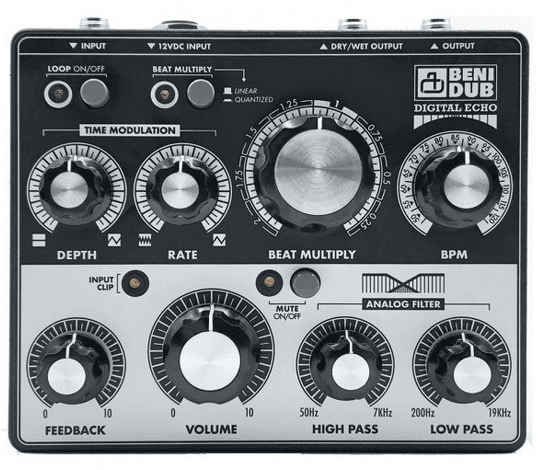
Spring Reverb
Spring Reverb is a very specific vintage reverb effect that uses springs. The sound passes through two small impedance transformers and then one or a series of springs to create the reverb effect.
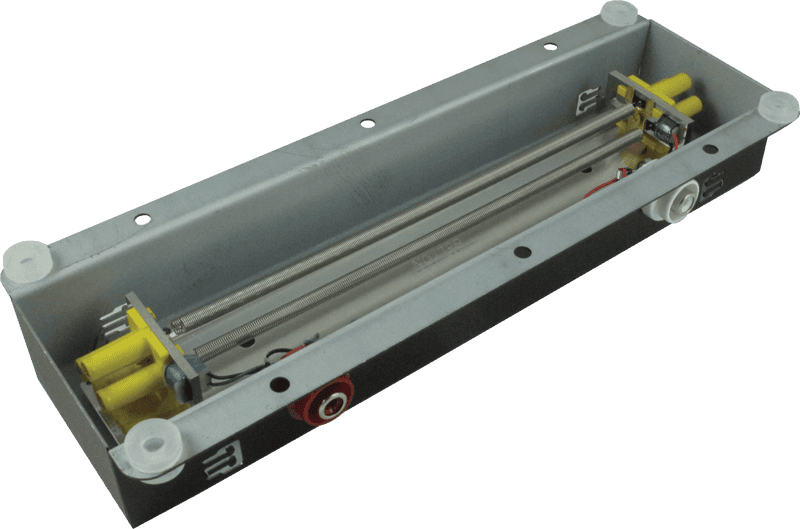
It’s a bit fragile but the sound is unique, and if the box is open, as in the picture, you can pull on the springs and snap them to break the springs for a thunderous effect!
You will need a specific preamp in addition to the Tank (photo) to use it as a reverb!
Plate Reverb
It is composed of two metal plates very close and suspended one next to the other, it is often huge (proportional to the reverb time)
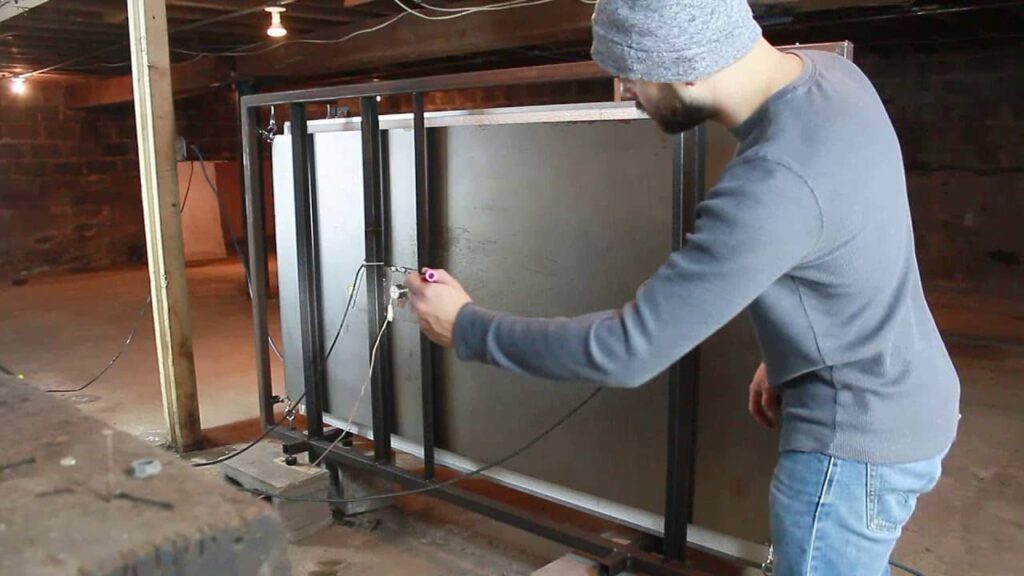
You can make it yourself, in D.I.Y, like the person in this video!
If not, you can also opt for the digital version, smaller, with a reverb time and a whole lot of other variable parameters!
Boss or Yamaha rack reverbs are generally good references!
Phaser
This is also an effect that has been used extensively since the earliest productions.
The original and most used vintage reggae effect is the Mu-Tron Bi Phase.
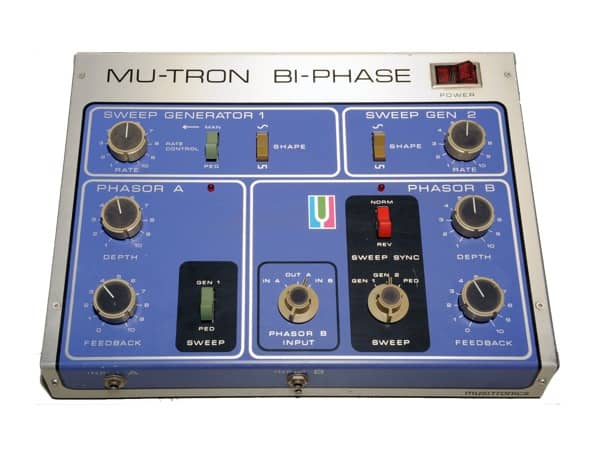
Here again it is a rare and expensive piece. Personally I opted for a cheaper, smaller but less charming sounding version: The Boss PH-3.
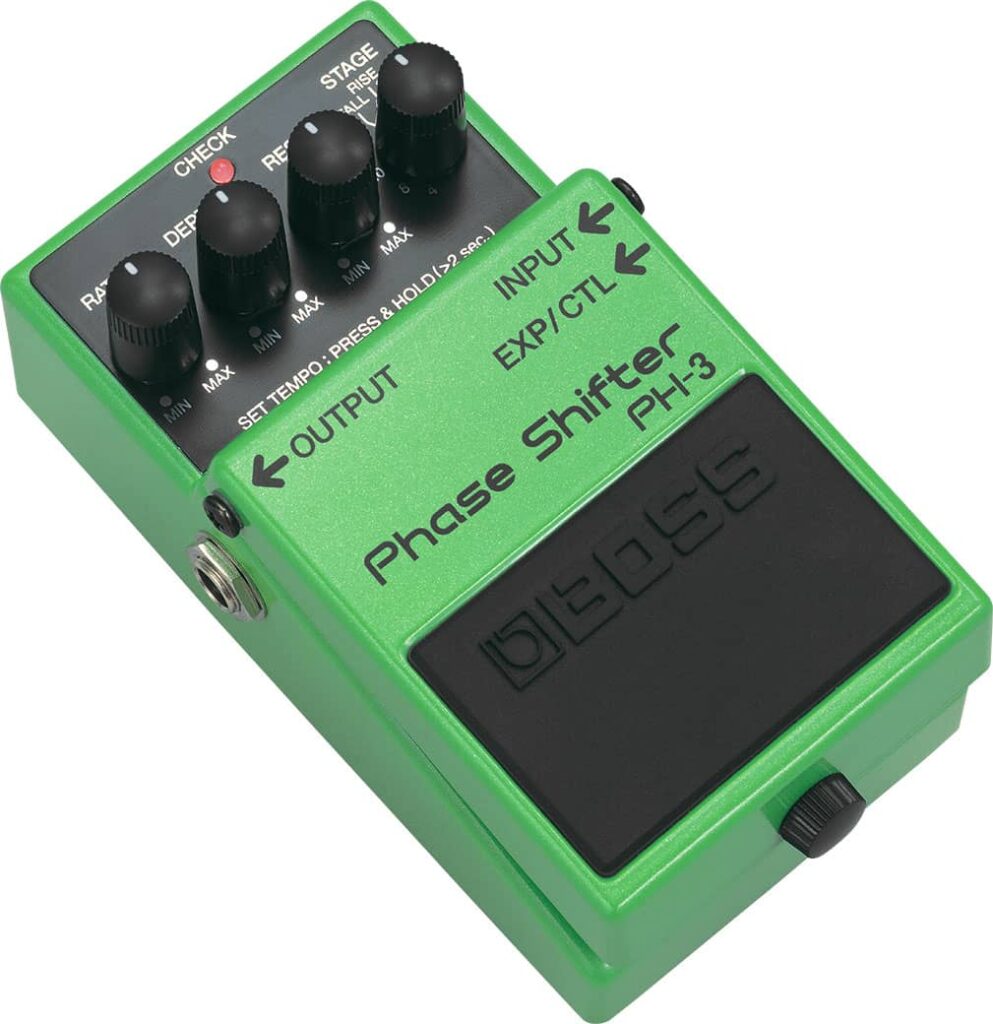
You can also find a phaser in the Benidub range!
HPF filter
To give a “roots” sound or to mix productions with recorded instruments, having a high-pass filter on the drums or bass tracks is a game changer!

Used by the pioneers, the Pultec HLF-3C is the ultimate high-pass/low-pass filter. Again it will be difficult to find one and even more so at reasonable prices.
There are however clones, which reproduce more or less well the behaviour of the filter. Personally, I recommend the Westfinga high-pass filter, a totally passive filter, with more positions than the pultec, designed and manufactured in France and used by many producers in their studios!
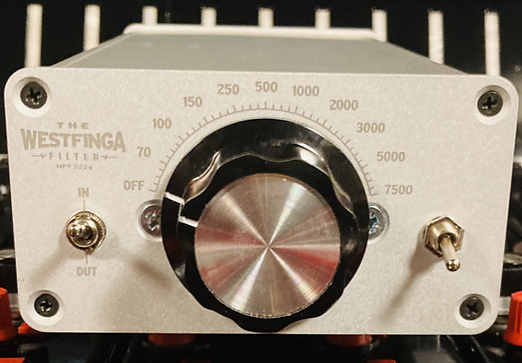
Distortion
Distortion is an infrequently used dub effect. When it is, it is often on the bass.
Often, distortion is used as a reverb input to give a cavernous sound to the bass. You can even distort the reverb input by increasing the gain!
Conclusion
In reggae and dub effects, the Dub Siren and Delay are really indispensable!
For the composition, the rest of the list will allow you to have everything you need to make a dub sounding production!
I’m offering some elements to help you but it’s important to experiment to find your own sound and settings.
If you’re interested, don’t hesitate to go further by joining the club !
Thanks for reading, I hope this article was helpful !
🙏 If you enjoyed, please share on your social networks 🙏
And if you have any remarks, thoughts, experiences or argument to share :
Feel free to share in the comments below !

